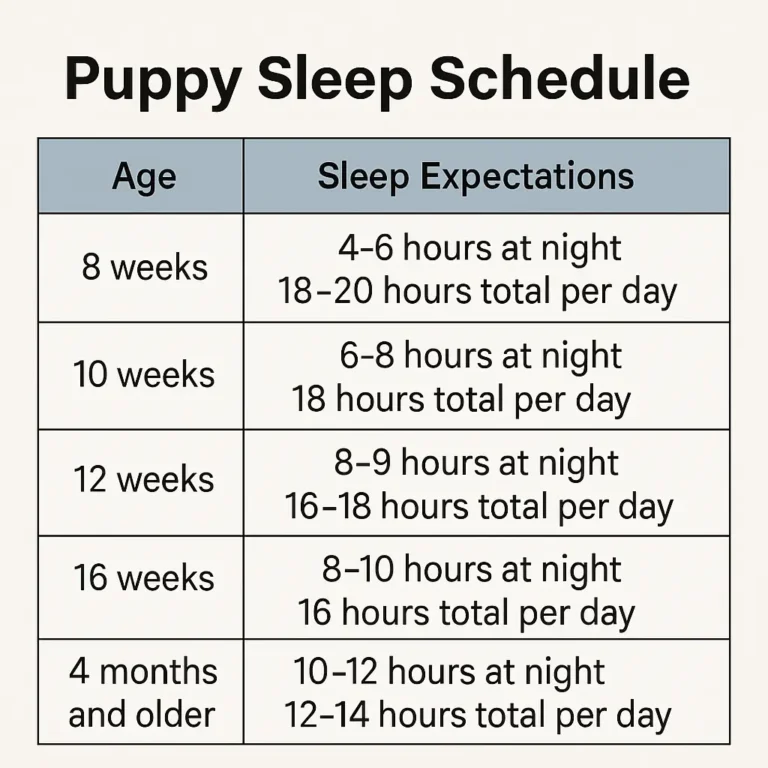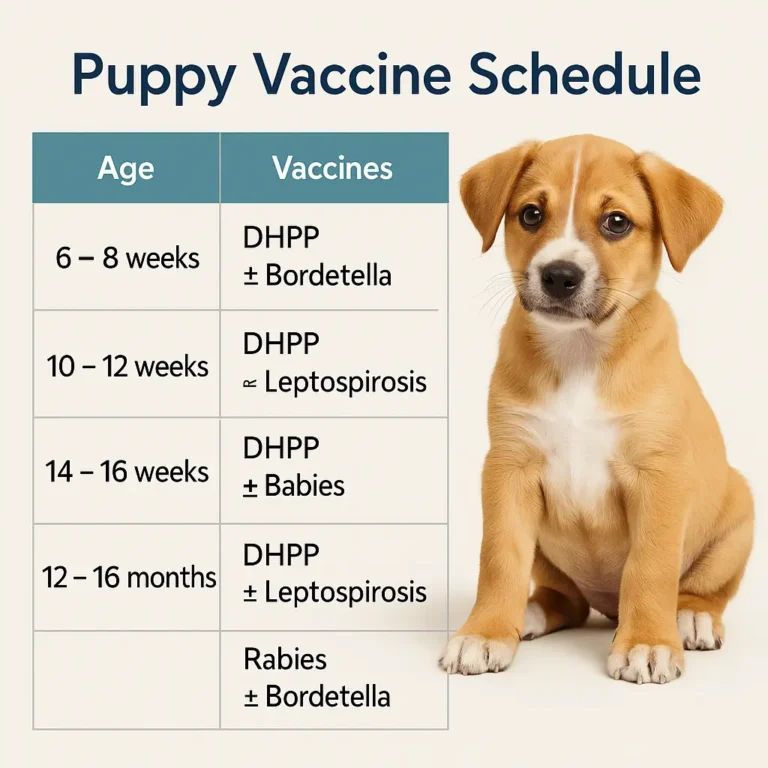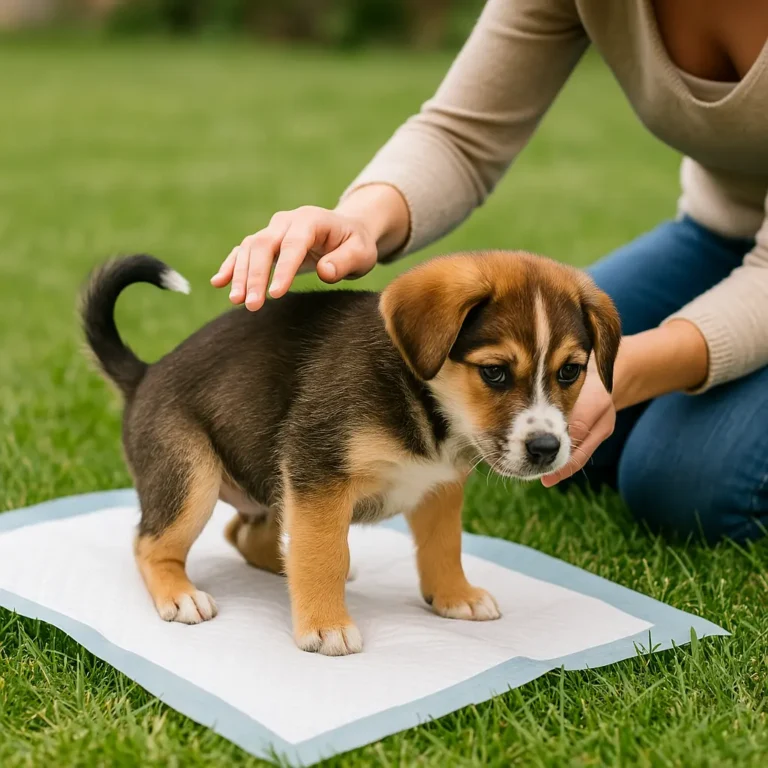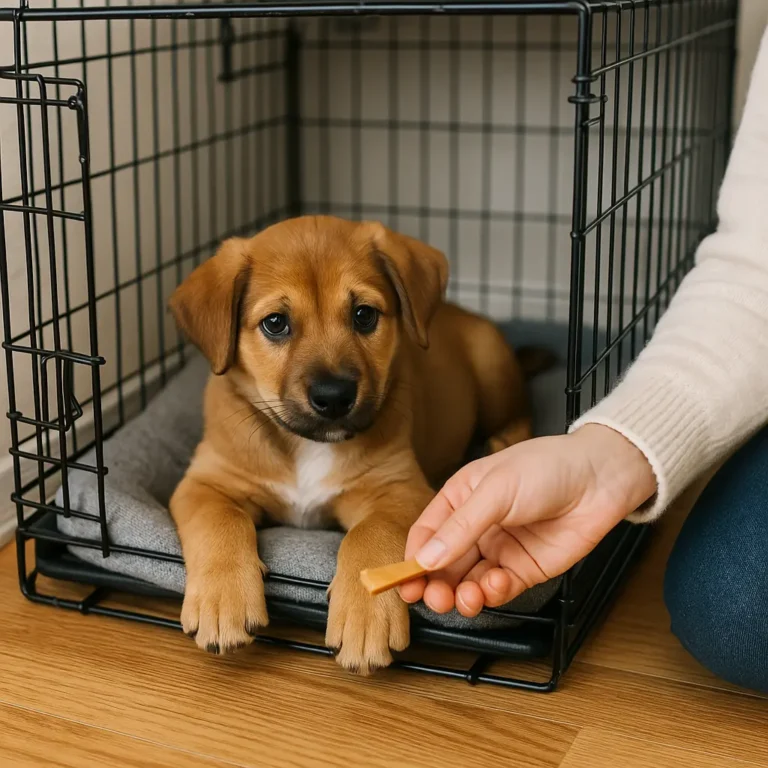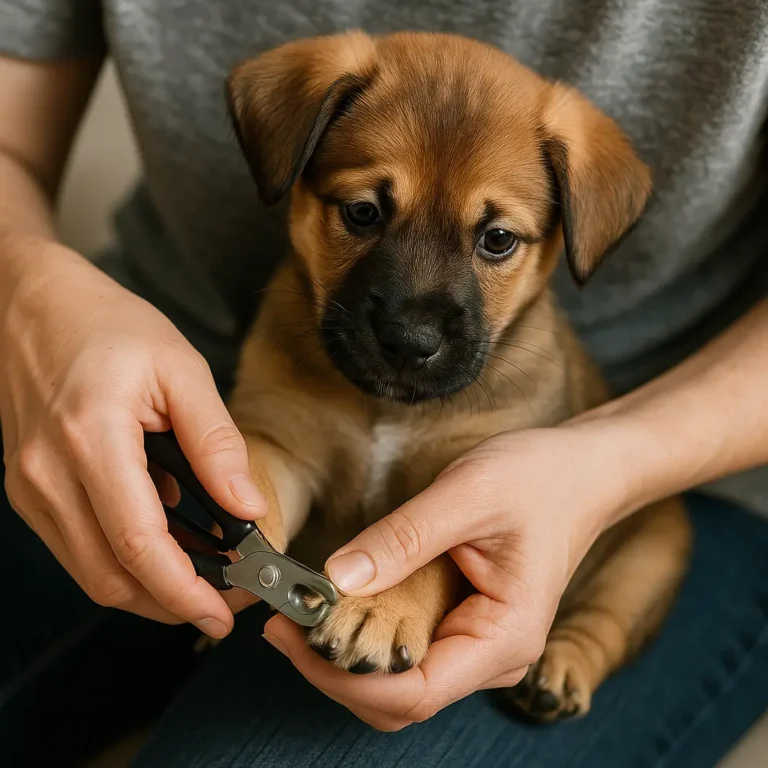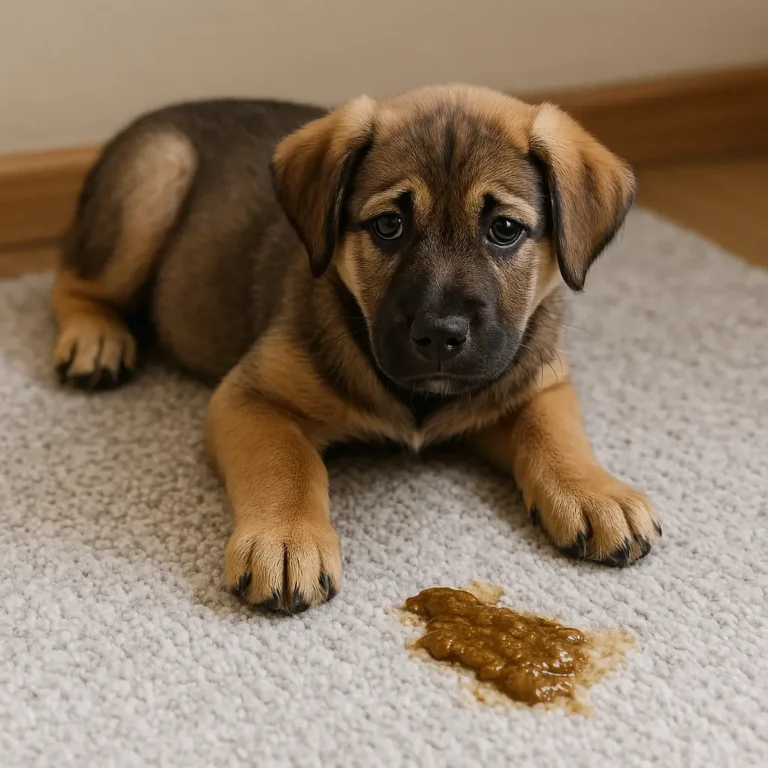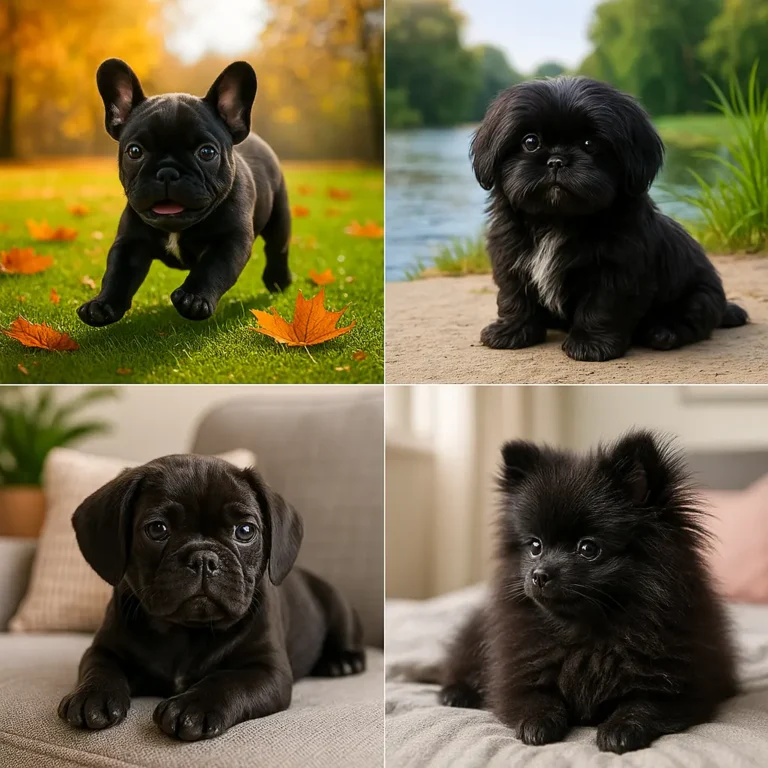Maltese Dog
Maltese: The Ultimate Companion Dog
The Maltese is a small, affectionate, and intelligent toy breed known for its elegant white coat, lively personality, and loving nature. This breed has been a companion dog for centuries, cherished by royalty and aristocrats for its charming demeanor and devoted companionship.
Despite their small size, Maltese dog breed have big personalities, often displaying playfulness, confidence, and unwavering loyalty to their owners. They are highly social dogs that enjoy being the center of attention, making them great house pets, lap dogs, and therapy dogs.
A well-trained Maltese dog thrives in both apartments and houses, as long as they receive plenty of attention and social interaction. With their small hypoallergenic coat and minimal shedding, they are an excellent choice for allergy sufferers.
The Maltese breed is ideal for families, singles, and seniors looking for a loving, intelligent, and devoted companion.

Maltese Puppy: What to Expect?
A Maltese puppy is tiny, fluffy, and full of energy. These puppies are curious, playful, and eager to explore their surroundings. Early training and socialization are essential to help them develop into well-behaved adult dogs.
Their pure white coat requires regular grooming to prevent matting for this small fluffy dogs. They also need consistent training and socialization to avoid excessive barking or timid behavior.
Since they are highly people-oriented, they can develop separation anxiety if left alone for long periods. Providing structured training, plenty of playtime, and loving care will help a Maltese puppy grow into a confident and affectionate companion.
Breed Traits
Small-sized, perfect for companionship Affectionate, social, and intelligent Hypoallergenic coat, great for allergy sufferers Energetic yet enjoys cuddling Loves human companionship and dislikes being alone
The Maltese has a lifespan of 12-15 years. With proper nutrition, exercise, and regular vet check-ups, they can live a long and happy life.
A full-grown Maltese typically stands between 7 to 10 inches tall at the shoulder, making them one of the smallest toy breeds.
This breed usually weighs 4 to 7 pounds, with a balanced diet and proper exercise helping maintain a healthy weight.
- Perfect for apartment and indoor living
- Thrives in homes with companionship and love
- Requires moderate daily exercise and playtime
- Ideal for families, singles, and seniors
Breed Characteristics
Silky, hypoallergenic white coat requiring regular grooming Large, dark eyes full of intelligence and warmth Small but sturdy frame with a lively stance Highly social and loves being around people
Yes! The Maltese is a loving, friendly, and affectionate breed that gets along well with families, children, seniors, and other pets, making them an excellent companion dog.
- Small, compact body with a luxurious white coat
- Silky fur that flows elegantly and requires grooming
- Bright, round eyes filled with warmth and affection
- A perky expression full of intelligence and curiosity
The Maltese is a highly social dog that loves spending time with family and meeting new people. They thrive on companionship and can develop separation anxiety if left alone too long.
- Affectionate and loving, enjoys human attention
- Playful and energetic, loves playtime and cuddles
- Highly intelligent and eager to learn new tricks
- Loyal and social, gets along well with kids and pets
Training a Maltese: Tips and Challenges
Training a Maltese is easy due to their intelligence and eagerness to please. They respond well to positive reinforcement techniques, such as treats, praise, and short training sessions.
🔹 Key Training Tips:
- Begin obedience training early to establish good behavior.
- Use consistent commands and rewards for better learning.
- Socialize them with different environments and people to build confidence.
- Keep training sessions short and fun to maintain their interest.
With patience and consistency, the Maltese will become a well-mannered, loving, and loyal companion.
Maltese History & Facts
The Maltese is an ancient toy breed with a history that dates back over 2,000 years. Originating in the Mediterranean, the breed was favored by royalty and aristocrats for its charming personality and elegant appearance.
The Maltese has been depicted in artwork from Greek, Roman, and Egyptian civilizations, proving its long-standing status as a beloved companion dog.
Over the centuries, the breed has remained one of the most cherished toy breeds, admired for its beauty, intelligence, and affectionate nature. Today, the Maltese continues to be a popular companion worldwide.
Their silky coat produces minimal dander, making them great for allergy sufferers.
The Maltese has been a beloved pet for over 2,000 years.
They form deep bonds with their owners and thrive on companionship.
Despite their size, they enjoy playtime and short walks.
They quickly learn new tricks and commands, making them easy to train.
Popular Maltese Dog Mix Breeds
The adorable Maltese is a popular choice for mixed breeds, creating charming and affectionate companions. The Maltese Yorkie Mix (Morkie) combines the Maltese’s gentle nature with the Yorkie’s spunky personality, making a lively, low-shedding pet. Similarly, the Yorkshire Terrier Maltese Mix is a tiny, playful hybrid perfect for lap cuddles. The Terrier Maltese Mix blends the Maltese’s sweetness with a terrier’s energy for a fun-loving companion. For a hypoallergenic option, the Havanese Maltese Mix offers a friendly, social personality. Lastly, the Maltese Pomeranian Mix (Maltipom) is a fluffy, cheerful mix with a big personality in a small package. These Maltese mixes are ideal for families and singles alike!
🥩 Maltese Dog Diet: What Should They Eat?
The Maltese requires a nutrient-dense, high-quality diet to maintain its energy levels and silky coat. Lean proteins like chicken, turkey, and fish provide essential nutrients, while brown rice and sweet potatoes offer sustained energy. Omega-3 and Omega-6 fatty acids from flaxseeds and fish oil help promote coat shine and joint health. Fresh vegetables and fruits like blueberries, carrots, and spinach aid digestion and boost immunity. Avoid artificial fillers, preservatives, and excessive grains. Feeding premium kibble, raw food, or a mix of both ensures optimal health. Always provide fresh water, and adjust portion sizes based on age, weight, and activity level.
🐶 Maltese Dog Behavior: Affectionate and Social
The Maltese is a gentle, affectionate, and playful breed that thrives on human interaction. They form strong bonds with their owners and enjoy being the center of attention. Their friendly and social nature makes them excellent family pets, perfect for people who want a loving and loyal companion.
Alertness
Protectiveness
Prey drive
Aggressiveness
Barking level
Trainability
Mental stimulation needs
Intelligence
🐕 Popular Maltese Cross Dog Mix Breeds You Should Know
The Maltese is a beloved companion breed that creates adorable and unique Maltese mixed breeds. The Maltese Bichon Mix (Malchon) combines the Maltese’s silky coat with the Bichon’s cheerful personality, resulting in a playful, hypoallergenic pet. The Jack Russell Maltese Mix blends the Maltese’s gentle nature with the Jack Russell’s energetic spirit for a lively small dog. For a smart, low-shedding option, the Schnauzer Maltese Mix offers a perfect balance of intelligence and affection. The Cavalier Maltese Mix merges the Maltese’s sweetness with the Cavalier’s loving temperament. Lastly, the rare Husky Maltese Mix creates a striking contrast of size and personality. These charming mixes make wonderful family companions!
🛁 Grooming Guide for a Maltese: Keep Their Coat Beautiful!
The Maltese has a long, silky coat that requires frequent grooming. Brushing daily prevents matting and keeps their fur clean. Bathing should be done once a month using a gentle, hypoallergenic shampoo. Regular ear cleaning prevents infections, while nail trimming every two weeks ensures comfort. This breed does not shed much, but regular brushing helps maintain its soft texture. Professional grooming every few months keeps their coat in top condition. Brushing their teeth daily prevents dental issues and ensures fresh breath, promoting overall hygiene and long-term health.
Physical Attributes: What Makes the Maltese Unique?
The Maltese is a small, elegant toy breed known for its long, flowing white coat and dark expressive eyes. They have a compact, well-proportioned body, floppy ears, and a gentle expression. Despite their delicate appearance, they are playful, lively, and full of personality, making them ideal companions and family pets.
Breed Size
Colours
Coat
Drooling
Snoring
Exercise Needs
Grooming Needs
Aggressiveness
What Are the Common Health Concerns in a Maltese?
The Maltese is generally healthy, but they may be prone to patellar luxation, progressive retinal atrophy (PRA), heart issues, and dental disease. Their lifespan is 12-15 years, and proper care ensures their long-term well-being. Owners should watch for tear staining, allergies, and tracheal collapse, which are common in small breeds. Regular dental care, proper nutrition, and moderate exercise help prevent common health concerns. Providing vet checkups, high-quality food, and routine grooming ensures they stay healthy and happy throughout their lives.
The Maltese – Small, Medium, or Large?
The Maltese is a small-sized breed, weighing 4-7 pounds and standing 7-9 inches tall. Their compact frame makes them adaptable to various living spaces, making them a great choice for apartments, small homes, or city living. While they are little white dogs, they have a big personality, often displaying playfulness, affection, and intelligence. Their small size, adaptability, and love for companionship make them one of the most popular lap dogs and companion breeds.
Maltese faq
Is the Maltese hypoallergenic?
How much exercise does a Maltese need?
Is the Maltese easy to train?
Do Maltese dogs bark a lot?
What is the lifespan of a Maltese?
Can a Maltese live in an apartment?
Are Maltese dogs good with kids?
Do Maltese dogs need professional grooming?
Dog Life: A Day in the Life of a Maltese
The Maltese starts its day with a short walk or play session. They enjoy playing with toys, learning new tricks, and cuddling with their owners. Throughout the day, they require social interaction and mental stimulation to prevent boredom. Their loyalty and friendly nature make them ideal lap dogs and family pets. Evening walks or interactive games help them relax, followed by snuggling with their owner before bedtime. Their small size and energetic personality require structured routines and consistent care.
The Maltese is a small-sized, affectionate, and playful breed, ideal for families, singles, and retirees. Their compact size, intelligence, and loving nature make them excellent companions. However, they require regular grooming, daily exercise, and proper training. If you’re looking for a loyal, friendly, and adorable dog, the Maltese is an excellent choice. What dog breed am I? Your go-to karaoke song reveals your furry spirit animal!

